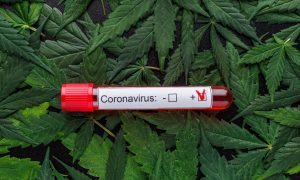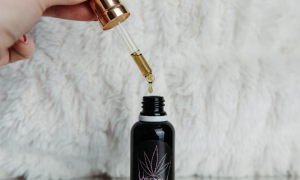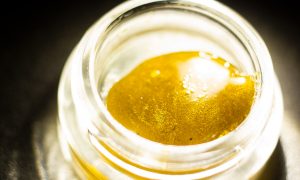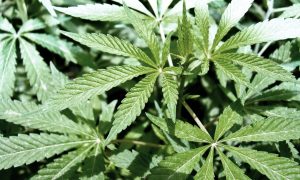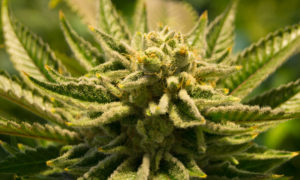In 2015, about a quarter of a billion people used drugs, according to the UN’s 2017 World Drug Report, now in its 20th year. Marijuana.com writer John Hiltz takes a look at some of the implications to come from the report.
The United Nations Office on Drugs and Crime (UNODC) recently released its 2017 World Drug Report. The extensive document reads like a tell-all book regarding the production, distribution, and consumption of illegal substances on a global scale.
The report this year outlined the grim news related to the massive synthetic drug crisis that exists in our world today, stating that: “Opioids were the most harmful drug type and accounted for 70% of the negative health impact associated with drug use disorders worldwide.”
According to the report, China has become a world-leader in synthetic drug manufacturing, including laboratory-made opioids like fentanyl.
Last year, the Public Health Agency of Canada estimated that 2,458 Canadians died of opioid overdoses. This news comes on the heels of statements made by top doctors in Canada that cannabis can reduce opioid consumption.
In the US, the numbers for the opioid epidemic are significantly greater, with overdose deaths rising threefold between 1999 and 2014. Opioid mortality in the US. rose 72% between 2014 and 2015, taking an estimated 59,000 lives in 2016.
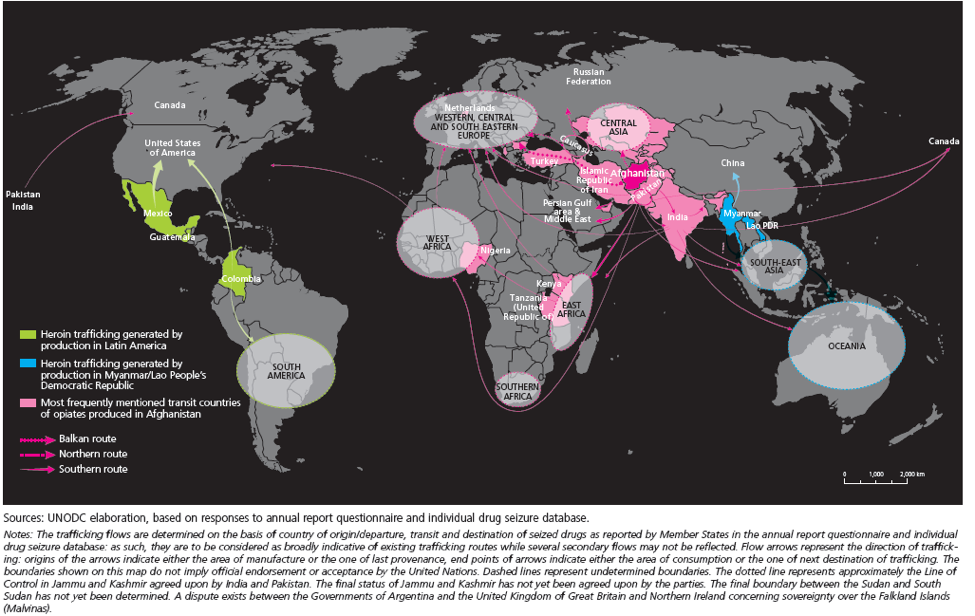
Main opiate trafficking flows, 2011-2015
The United Nation’s cannabis findings
On the subject of marijuana, the UNODC report states that cannabis production “remains a global phenomenon.”
According to the report, the worldwide cannabis community hovers at approximately 183 million members, which is roughly 3.8% of the global population. Between 2010 and 2015, the global cannabis community planted seeds in 135 countries, covering approximately 92% of the inhabited planet.
The cannabis-related figures are more than likely on the low-end side, due to the fact that the numbers are measured and estimated using seizures by law enforcement, and in a growing number of countries, cannabis prosecution is not a police priority.
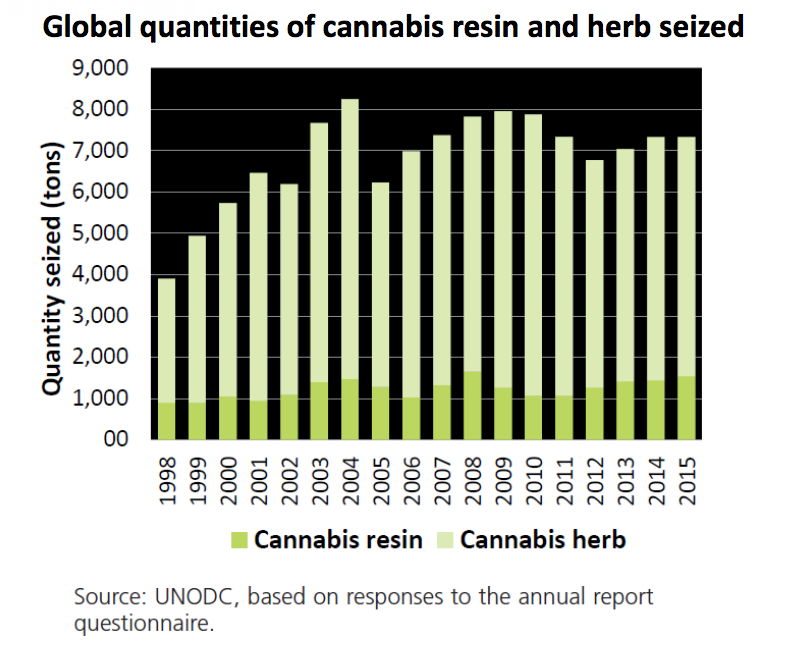
Global quantities of cannabis resin and herb seized
North America, for example, has seen a decline in marijuana seizures from 2010 to 2015, coinciding with significant cannabis law changes in many US states. Still, 39% of all global cannabis seizures in 2015 occurred within the borders of the US, Mexico, and Canada.
Adding to the data on pot, by March of 2016, an estimated 1.2 million Americans were registered for medical cannabis. California, Colorado, Washington, and Oregon have the highest concentration of medical marijuana patients.
Where is all the world’s weed coming from?
The worldwide trafficking of cannabis is outlined greatly in the UN document. The most reported sources for shipments of pot across international borders come from Mexico and Canada, however, this does not mean Mexico and Canada are the largest producers of cannabis. The report points out that significant quantities of cannabis are produced in the United States for domestic consumption and not for export purposes.
In South America, the Caribbean, and Central America, the main sources of international cannabis production are Colombia, Paraguay, and Jamaica. In Africa, the continent’s biggest producers are Nigeria, Mozambique, Ghana, and Swaziland. And in Europe, Albania and the Netherlands were reported as the most common places for cross-border marijuana trafficking.
Perhaps the most fascinating point of reference coming out of this year’s UNODC news is the acknowledgment of the failed “war on drugs”. Chloe Carpentier, Chief of the Drug Research Section at UNODC, said that: “sending people to jail, punishing people for minor drug offences has not worked. In fact, it is highly detrimental. It only increases the possibility of all sorts of social dislocations [such as] violence, crimes, stigma and also the spread of diseases.”
The UNODC report puts the world’s drug problem under a powerful microscope, and at the same time, offers a window into the very nature of the human condition.
This article was originally published on marijuana.com. Read the original article.


















